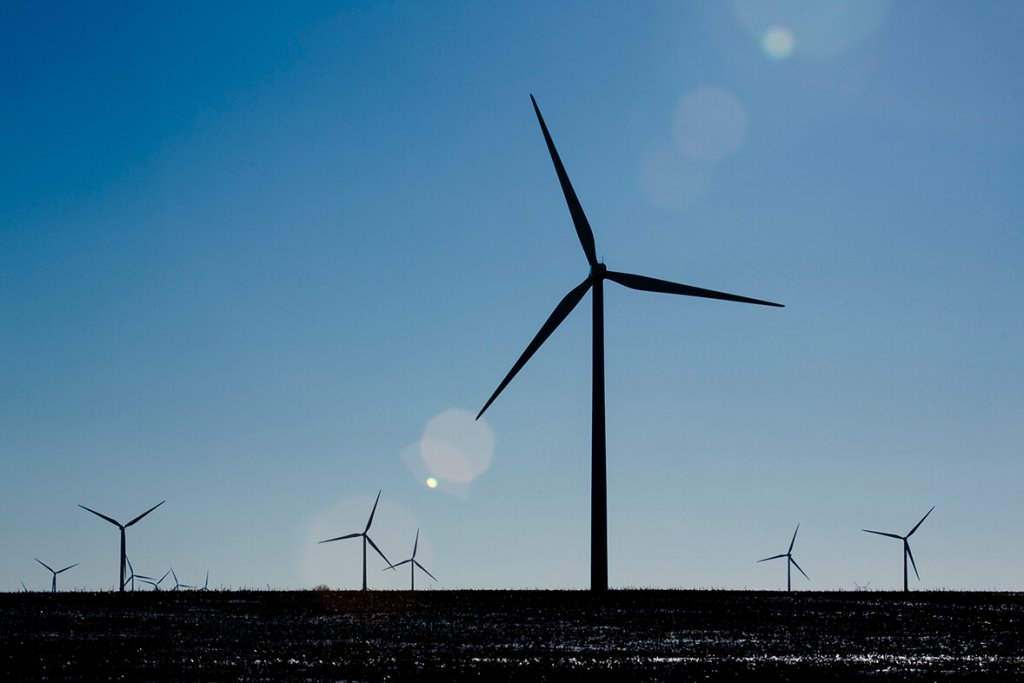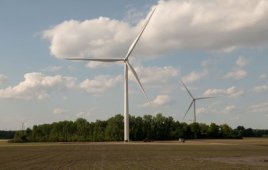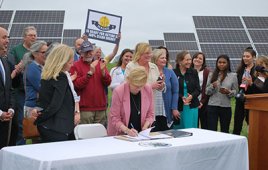
The CSL research team aims to devise a method that lets individual wind turbines perform well in unstable conditions while still maximizing the performance of the overall wind farm.
The intermittent nature of wind and its affect on the performance of a network of wind turbines has peaked the interest of Coordinated Science Laboratory (CSL) researchers at the University of Illinois. They have put together a team to investigate the ways turbine networks communicate and collaborate in the face of adverse conditions, with support of a grant from the National Science Foundation (NSF).
NSF granted $500,000 as part of their Design of Network Dynamics for Strategic Team-Competition for a project that ultimately aims to boost the efficiency of wind turbines. The CSL team, led by Professors Carolyn Beck, Angelia Nedich, and Alex Olshevsky plan to create a method that lets each unit to perform well individually, even in unstable conditions, while maximizing output as a group.
“Wind turbines work in a team to produce electricity,” said Beck, an associate professor of industrial and enterprise systems. “We want to figure out ways to group them, set their blade angles and rotation speeds, so that we’re maximizing power output even given the nature of the wind blowing different ways, at different times, and at different speeds.”
Since the grant started earlier this year, graduate student Lucas Buccafusca has looked at the dynamics of wind-turbine systems, developing techniques that capitalize on the symmetry of the systems to maximize power output — assuming the wind is the same. Future work will focus on intermittent wind power.
“It is pretty complicated—each rotating blade creates a downstream wake and every turbine faces the problem of setting an appropriate rotation speed under complex interactions,” said Olshevsky. “The problem is to determine rotation speeds for the individual turbines that maximize the total energy from the wind, while dealing with the wake effects from neighboring turbines and unpredictable variations in the speed and direction of the wind.”
This work applies to many other systems, including the power grid, traffic networks, environmental monitoring networks, and more.
“We’re trying to make the dynamic systems communicate optimally and with the minimum amount of energy, in the face of uncertainty and disturbances,” said Nedich.
Filed Under: Uncategorized




